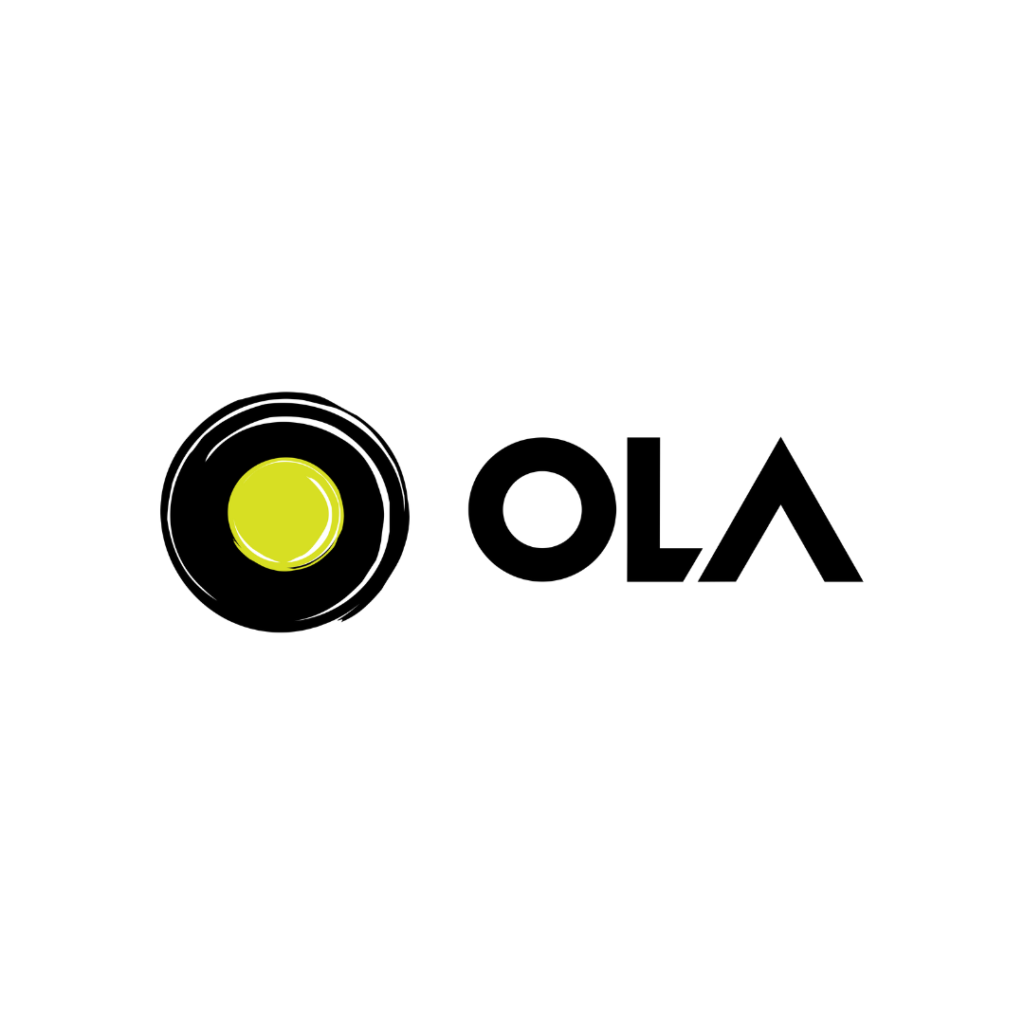Artificial Intelligence (AI) has revolutionized various industries, from healthcare and finance to manufacturing and customer service. With advancements in robotics, machine-learning, and IoT, AI-driven automation is now transforming even the cleaning and maintenance sector. Janitor AI is an Unique Answer designed to enhance hygiene, efficiency, and cost-effectiveness in various environments, including offices, hospitals, airports, and industrial spaces. By automating routine cleaning tasks, Janitor AI reduces human effort while ensuring higher standards of cleanliness and sanitation.
Janitor AI differs from traditional janitorial services by utilizing AI-driven decision-making, computer vision, IoT connectivity, and robotic automation to clean and maintain spaces with minimal human intervention. Unlike manual cleaning, which relies on human labor, AI-powered janitors can detect dirt, spills, and germs in real time, adjust their cleaning patterns, and work autonomously or in alliance with human workers. These smart-systems harness machine-learning rules, advanced sensors, and automated robotics to provide efficient and adaptive cleaning solutions, making them a game-changer in modern facility management.
Inside the Mind of Janitor AI: How It Works
- Data Collection Through Sensors
- Equipped with advanced sensors (LiDAR, infrared, cameras) to detect dirt, spills, and obstacles.
- Uses IoT connectivity to receive and transmit cleaning data in real time.
- AI-Powered Decision-Making
- Machine-Learning algorithms analyze the environment and determine optimal cleaning paths.
- AI adapts to different surfaces and adjusts cleaning techniques accordingly.
- Autonomous Navigation
- Uses computer vision and mapping technologies (SLAM – Simultaneous Localization and Mapping) for precise movement.
- Avoids obstacles and dynamically adjusts its route.
- Automated Cleaning Mechanisms
- Robotic arms, brushes, and vacuum systems work in synchronization for deep cleaning.
- Smart dispensers release cleaning agents based on surface type and dirt levels.
- Real Time Monitoring and Alerts
- AI continuously monitors cleanliness levels and sends alerts for human intervention if needed.
- Integrates with smart building systems for centralized control and scheduling.
- Self-Maintenance and Charging
- Automatically returns to charging stations when battery levels are low.
- Conducts self-diagnostics and reports maintenance needs.
- Human-AI Alliance
- Works alongside human janitors for hybrid cleaning solutions.
- Can be remotely controlled or manually overridden if necessary.
Janitor AI Expanding Reach: How It’s Reshaping Facility Management
Janitor AI is transforming the cleaning industry by bringing efficiency, automation, and smart decision-making to various environments. From corporate offices and hospitals to airports and industrial facilities, its ability to autonomously clean, disinfect, and maintain hygiene is revolutionizing facility management. With AI-powered navigation, real time monitoring, and adaptive cleaning mechanisms, Janitor AI ensures higher sanitation standards, cost savings, and reduced human intervention in demanding environments.
- Corporate Offices & Commercial Spaces – Ensures a clean and hygienic workspace with scheduled and real time cleaning.
- Hospitals & Healthcare Facilities – Provides sterile environments by disinfecting surfaces and minimizing contamination risks.
- Airports & Public Transport Hubs – Keeps high-traffic areas clean with autonomous and rapid cleaning cycles.
- Hotels & Hospitality Industry – Enhances guest experiences with AI-driven housekeeping and sanitation.
- Warehouses & Industrial Facilities – Manages large-scale cleaning with robotic precision and minimal downtime.
Janitor AI Strengths and Weaknesses: What You Need to Know
Janitor AI is transforming the cleaning landscape by integrating advanced robotics, artificial intelligence, and smart sensors to ensure efficient and consistent sanitation. Unlike traditional cleaning methods, it operates autonomously, adapts to different environments, and maintains hygiene standards around the clock. By reducing reliance on human labor, not only lowers operational costs but also enhances workplace safety by handling hazardous cleaning tasks. With real time data analysis and predictive maintenance, Janitor AI optimizes cleaning schedules, conserves resources, and delivers a more sustainable and effective approach to modern facility management.
- Increased Efficiency & Precision – AI-driven cleaning ensures thorough and consistent results, reducing human errors.
- Cost-Effective in the Long Run – Despite high initial investment, it lowers labor costs and maintenance expenses over time.
- 24/7 Availability – Unlike human workers, Janitor AI can operate continuously without fatigue, ensuring round-the-clock cleanliness.
Despite its advantages, Janitor AI comes with notable challenges, including high initial investment costs and ongoing maintenance requirements. Businesses must allocate resources for hardware, software updates, and troubleshooting, which can be expensive and time-consuming. Additionally, AI-powered cleaners may struggle with unpredictable obstacles and customized cleaning tasks, requiring occasional human intervention to handle complex or delicate situations.
- High Initial Investment – The cost of hardware, AI development, and installation can be a barrier for many businesses.
- Maintenance & Technical Issues – Regular software updates, hardware repairs, and troubleshooting are necessary for smooth operation.
- Limited Adaptability in Dynamic Environments – AI struggles with unpredictable obstacles and customized cleaning needs, requiring occasional human intervention.
Janitor AI: The Future of Smart Cleaning is Here
The integration of AI in janitorial services marks a significant leap toward smarter, data-driven cleaning solutions. Janitor AI not only automates repetitive tasks but also enhances precision, Durability, and operational efficiency in diverse environments. While its potential to revolutionize hygiene standards is undeniable, factors like cost, maintenance, and adaptability still pose challenges. As technology advances, continuous improvements in AI-driven cleaning systems will likely make them more accessible, intelligent, and indispensable, shaping the future of facility management.




















